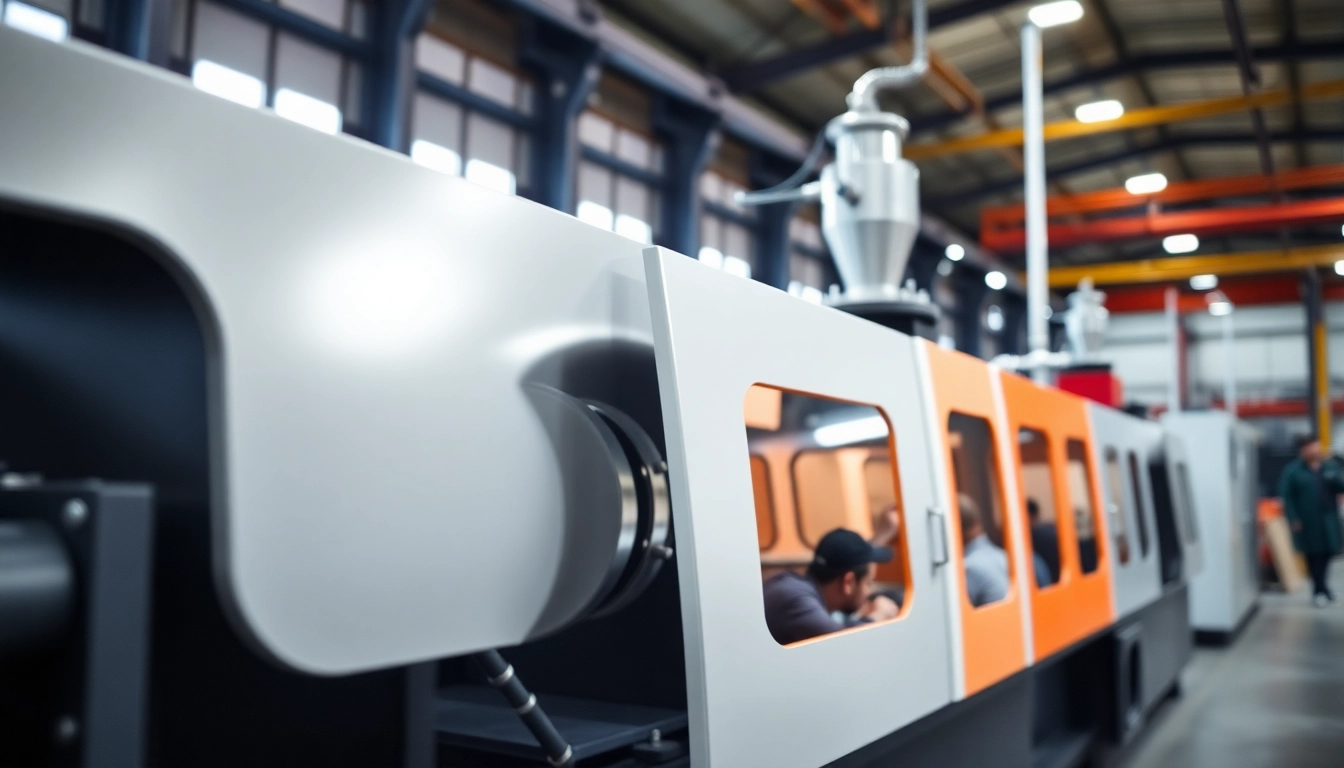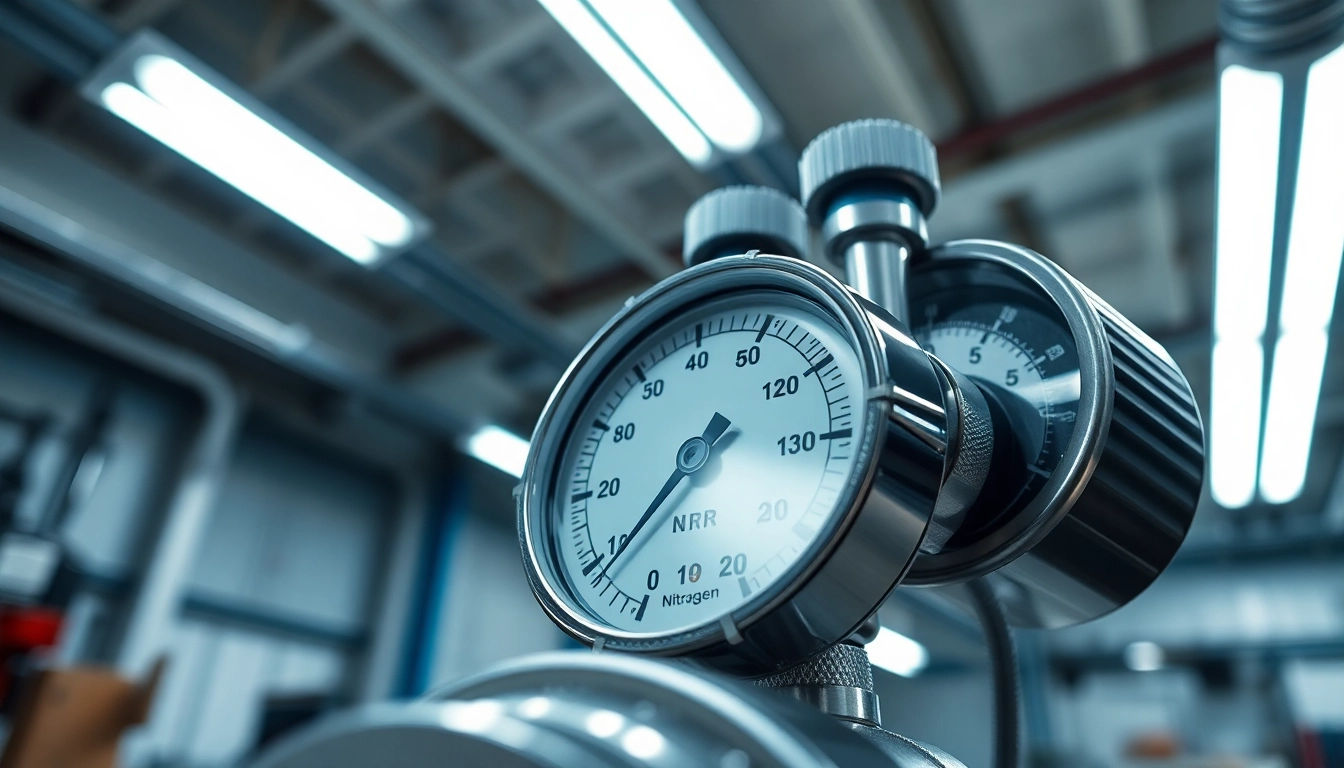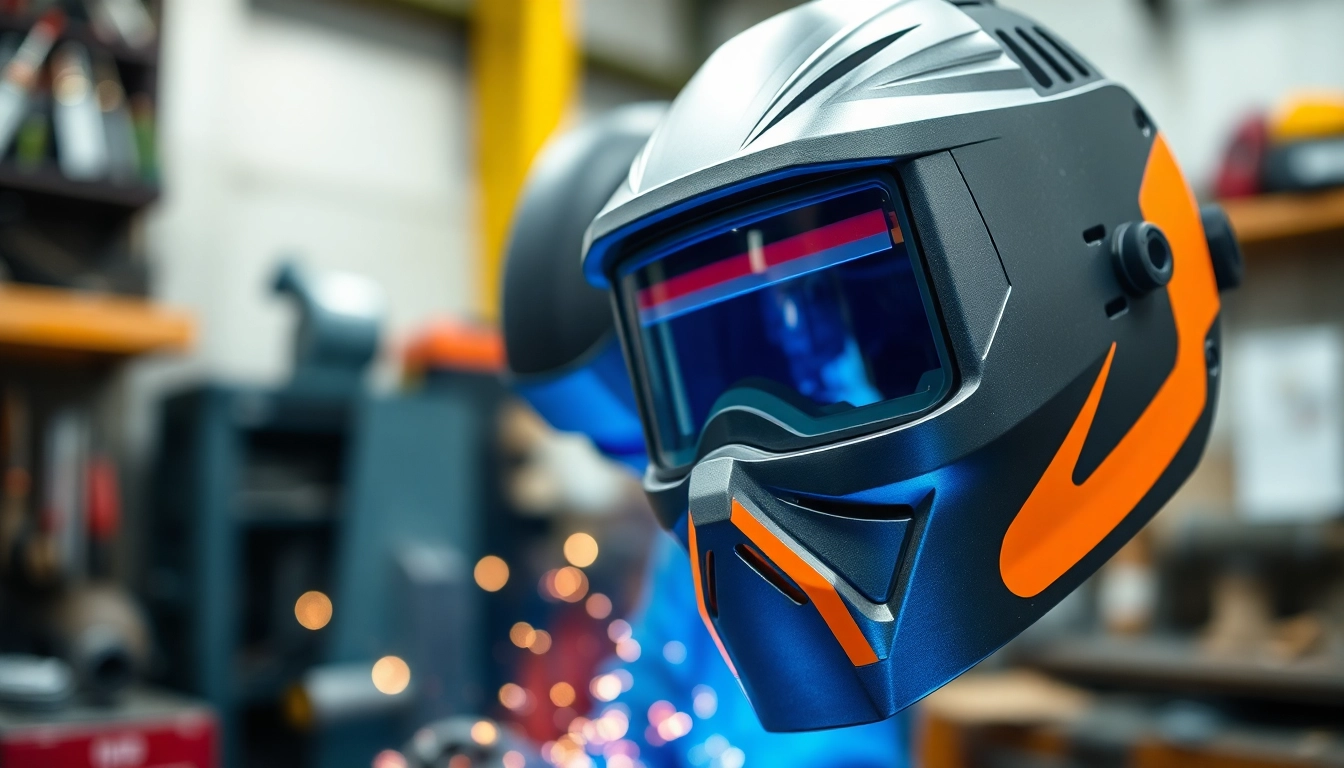Pengenalan Blow Molding Machine
Blow molding machines are integral to the manufacturing of hollow plastic products, offering efficiency and versatility across various industries. The blow molding process allows for the creation of diverse items ranging from beverage bottles to industrial containers. This article aims to provide a comprehensive understanding of blow molding machines, covering aspects from operational principles to the selection criteria for the right machinery for specific manufacturing needs.
In today’s competitive landscape, having a reliable Blow Molding Machine is crucial for increasing production efficiency and ensuring product quality. As we delve into the various facets of blow molding, you’ll gain insights into its significance and applications within modern manufacturing processes.
Apa itu Blow Molding?
Blow molding is a manufacturing process used primarily for producing hollow plastic parts. The technique involves inflating soft plastic into a mold cavity using compressed air, thereby forming various shapes and sizes. This method is distinguished by its efficiency and ability to produce lightweight, durable products in large quantities. Blow molding is particularly valuable in industries such as packaging, automotive, and consumer goods, where the need for custom containers is ever-increasing.
Sejarah dan Perkembangan Teknologi
The origins of blow molding can be traced back to the 1930s, with significant advancements occurring in the decades since. Initially, blow molding was limited in scope and technology. However, with the rise of plastics in the late 20th century, the industry saw innovations such as the introduction of automatic blow molding machines, improved mold design, and enhanced materials. These developments have led to increased production rates, energy efficiency, and versatility, enabling manufacturers to produce a wider array of products.
Recent technological advancements include the development of eco-friendly materials and automated systems that employ Artificial Intelligence (AI) to optimize the molding process, monitor quality, and reduce waste. Such innovations underscore the ongoing evolution of blow molding technology in response to the changing needs of global markets.
Jenis-Jenis Blow Molding Machines
Blow molding machines are classified into three primary types: Extrusion Blow Molding (EBM), Injection Blow Molding (IBM), and Injection Stretch Blow Molding (ISBM). Each type serves distinct purposes and is chosen based on product specifications and production requirements.
- Extrusion Blow Molding (EBM): This method involves extruding a tube of molten plastic, which is then clamped into a mold and inflated to form the final shape. EBM is ideal for producing large quantities of products such as bottles and containers quickly.
- Injection Blow Molding (IBM): IBM combines injection molding and blow molding techniques. A preform is injected into a mold, and then air is blown into the preform to form the hollow final product. This process is standard for producing smaller items that require high precision, such as cosmetic bottles.
- Injection Stretch Blow Molding (ISBM): This advanced technique stretches a preform in both axial and radial directions to form a bottle. This method is commonly used for manufacturing PET bottles as it enhances clarity and strength.
Proses Kerja Blow Molding
Langkah Awal dalam Proses Molding
The blow molding process begins with the preparation of the plastic material. Usually, plastic granules are heated until they become molten. The resulting material is then extruded or injected into a mold, depending on the blow molding technique used. After the material is in the mold, compressed air is introduced to inflate the plastic, allowing it to adopt the shape of the mold cavity.
After cooling, the mold is opened to release the formed product, which undergoes additional quality checks before packaging and distribution. The entire process is designed for efficiency, ensuring minimal material waste while maximizing output.
Teknik Produksi: EBM, IBM, dan ISBM
Each blow molding technique presents unique advantages and challenges. For large-scale production runs, EBM is favored due to its speed and ability to create substantial items. However, it may struggle with precision required in smaller products. Conversely, IBM and ISBM offer greater accuracy for precise and smaller components but may incur higher initial setup costs and longer cycle times.
Manufacturers must evaluate their specific product requirements, production volume, and budget when selecting the appropriate blow molding technique. Understanding the nuances between these techniques can significantly influence the overall production efficiency and cost-effectiveness.
Analisis Kualitas Produk Akhir
Quality control is paramount in the blow molding process to ensure that the manufactured products meet industry standards and client specifications. Common parameters include dimensional accuracy, wall thickness, transparency, and structural integrity. Advanced technologies such as in-line inspection systems and automated quality control processes can ensure real-time monitoring, improving overall production efficiency and reducing defects.
Additionally, implementing statistical process control (SPC) can help manufacturers maintain consistency in product quality, identify trends in defects, and make necessary adjustments in real-time, thus avoiding potential waste and ensuring customer satisfaction.
Keuntungan Menggunakan Blow Molding Machine
Efisiensi Energi dan Biaya Produksi
One of the primary advantages of utilizing blow molding machines is their energy efficiency compared to other manufacturing processes like injection molding. Blow molding typically requires less energy to produce hollow products, contributing to lower overall production costs. Additionally, advancements in machine technology have led to lower power consumption and more efficient use of materials, further enhancing profitability.
Kecepatan Produksi dan Kontinuitas
The blow molding process is known for its speed, allowing manufacturers to produce items at a rapid rate. This advantage is particularly crucial in industries with high demand, such as beverage and packaging sectors. Continuous production capabilities also mean that manufacturers can achieve higher outputs, reducing lead times and increasing throughput without compromising quality.
Adaptasi untuk Berbagai Merek dan Produk
Blow molding technology is versatile enough to adapt to the production of various products, accommodating different shapes, sizes, and designs tailored to specific brand requirements. Manufacturers can customize molds based on client specifications, enhancing the branding opportunities while ensuring that products meet the desired functionality and aesthetic appeal. This flexibility has made blow molding an essential process across numerous applications, from household goods to complex industrial components.
Pemilihan Blow Molding Machine yang Tepat
Faktor-Faktor yang Perlu Dipertimbangkan
Choosing the right blow molding machine involves careful consideration of several factors. Key elements include production volume, product type, material compatibility, and budget constraints. Evaluating historical production data can provide insights into anticipated needs, helping managers select machinery that will best meet their operational goals.
Kompatibilitas dengan Bahan Baku
The compatibility of the blow molding machine with the raw materials is crucial. Different types of plastics have varying processing temperatures and behaviors under heat and pressure, which directly impacts product quality. Additionally, the choice of materials affects the machine’s maintenance requirements and longevity, so understanding the interaction between machinery and materials is vital for sustainable operations.
Penyedia Mesin Terpercaya
Partnering with reputable machinery suppliers ensures not only high-quality equipment but also access to expert support and maintenance services. It is critical to conduct thorough research and evaluations of manufacturers, looking for those with proven track records, positive customer reviews, and robust customer support networks. Establishing a strong partnership with a machinery provider can lead to long-term benefits and successful operational outcomes.
Tantangan dalam Pengoperasian Blow Molding Machines
Masalah Umum dan Solusinya
Despite the advantages of blow molding machines, operators often encounter challenges such as material wastage, inconsistent quality, and machine downtime. Regular maintenance and operator training can significantly mitigate these issues. Fostering a culture of continuous improvement within the manufacturing team can also help address challenges proactively, leading to enhanced performance over time.
Perawatan dan Perbaikan Rutin
Regular maintenance is essential in ensuring the longevity and efficiency of blow molding machinery. Implementing a preventive maintenance schedule that includes routine checks, cleaning, and timely part replacements can prevent costly breakdowns and downtime. Operators should also be trained to identify early signs of wear or malfunction to address issues before they escalate.
Pentingnya Pelatihan Operator
Investing in operator training is crucial for maximizing the effectiveness of blow molding machines. Trained operators who understand the intricacies of the machinery can optimize their workflows, reducing waste and enhancing product quality. Additionally, fostering an environment of continuous learning and skills development can lead to innovations within the operational processes, ultimately benefiting the organization as a whole.



